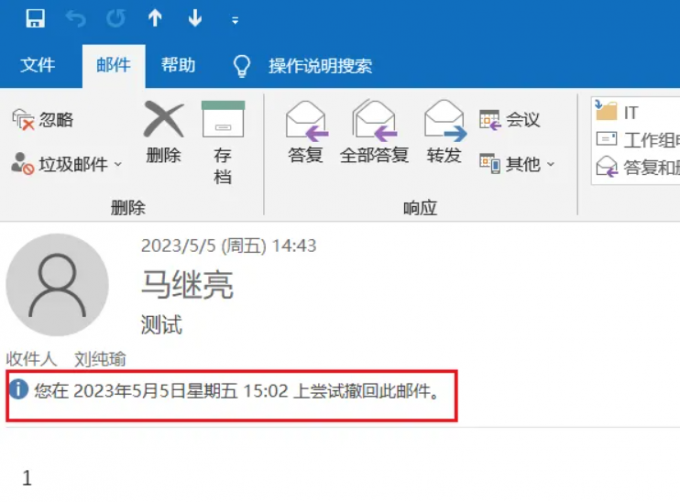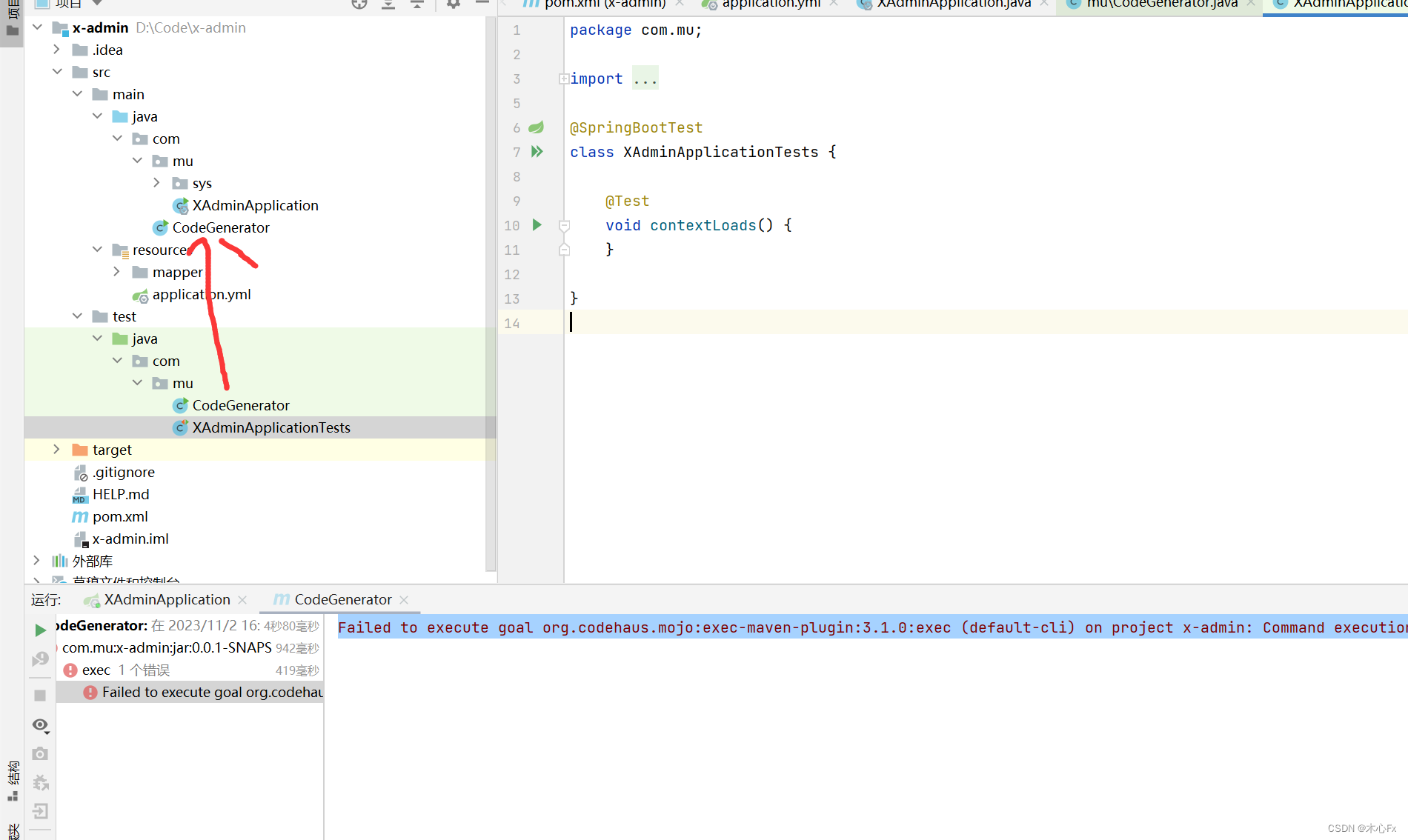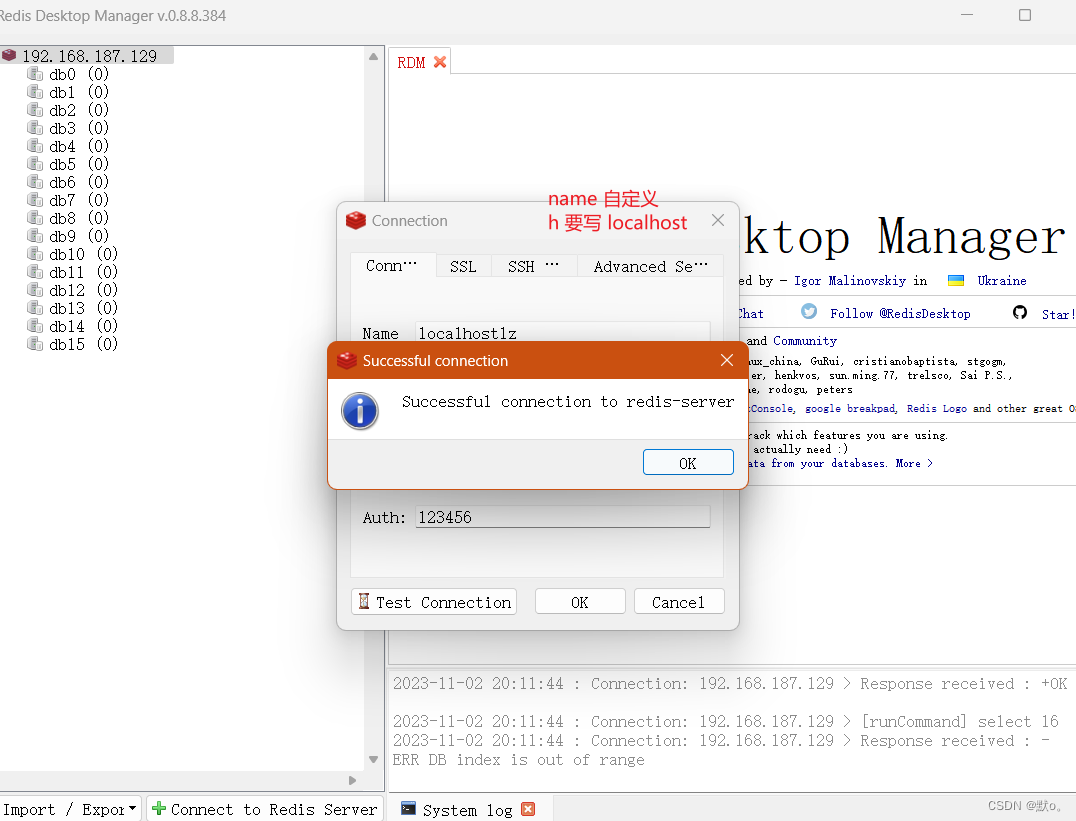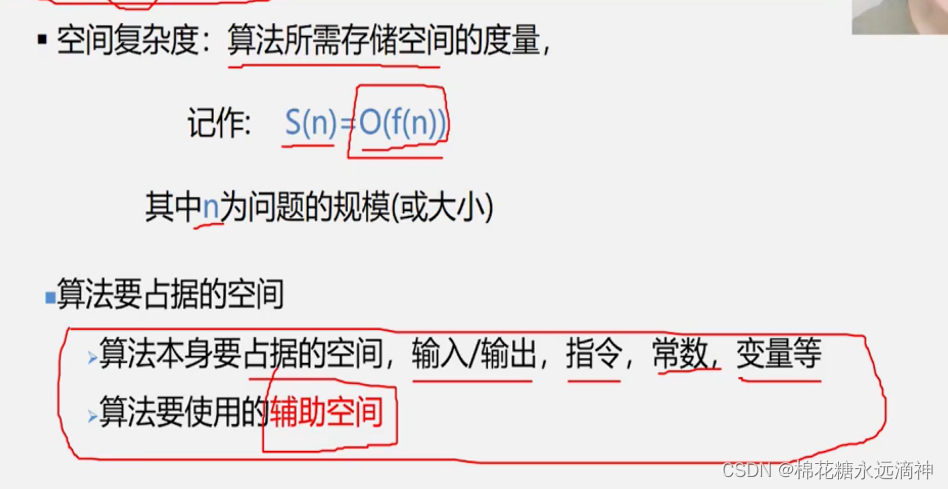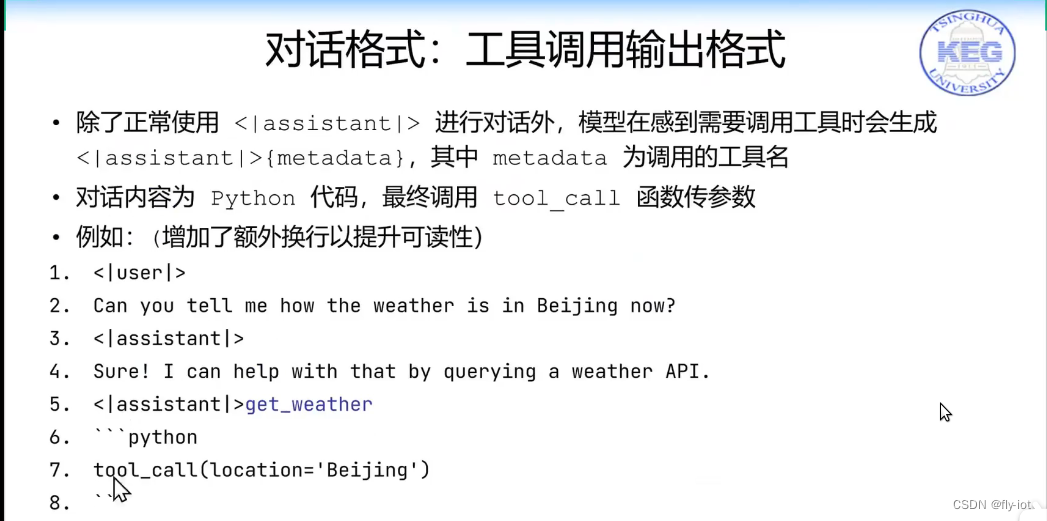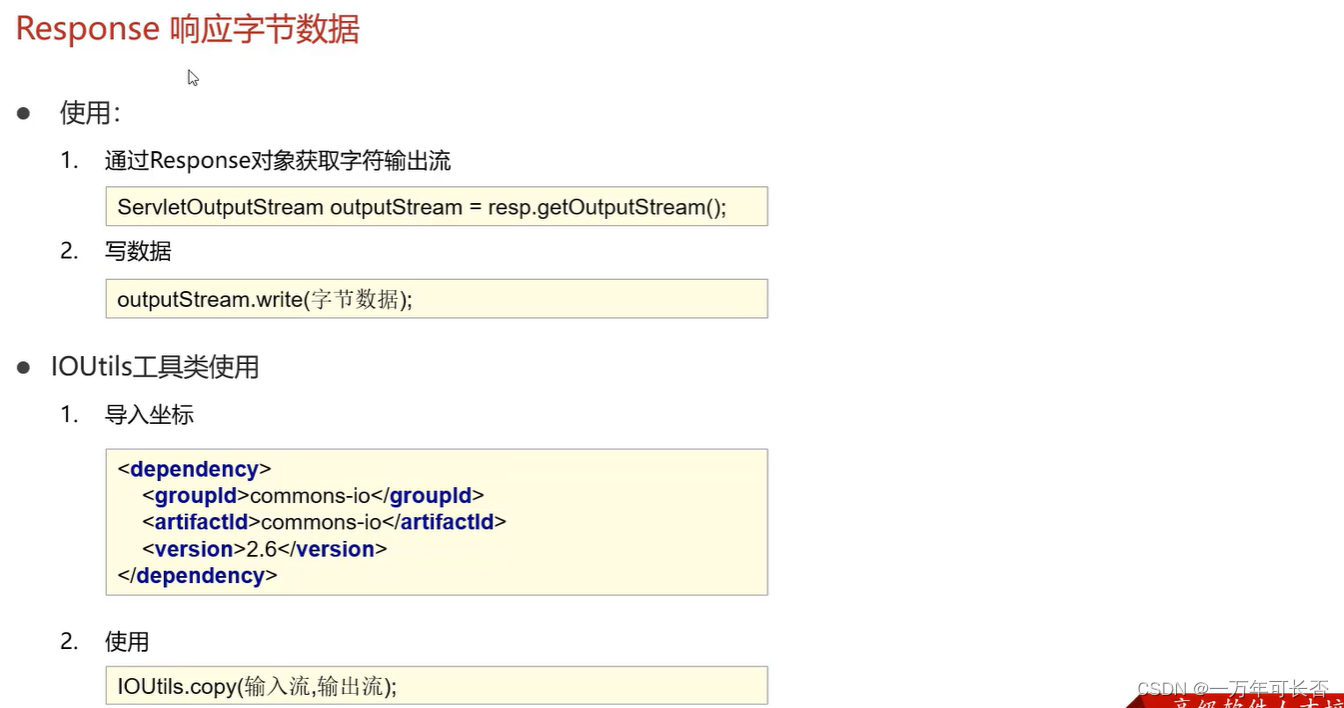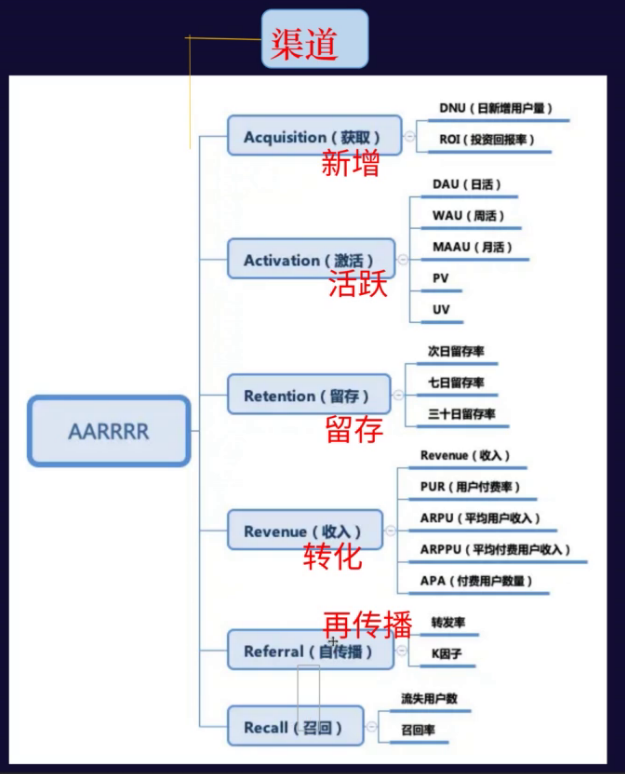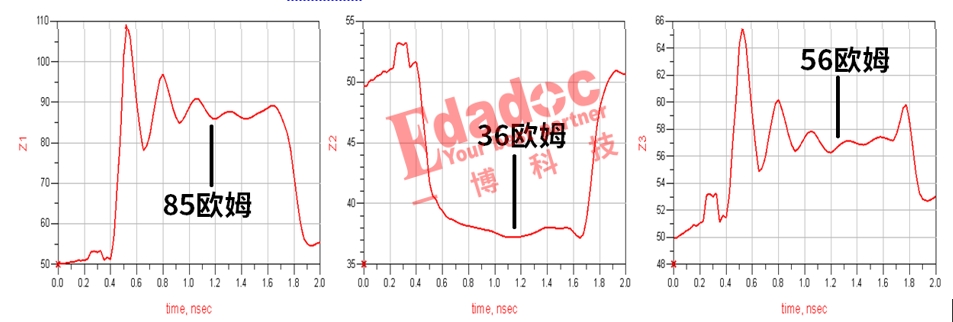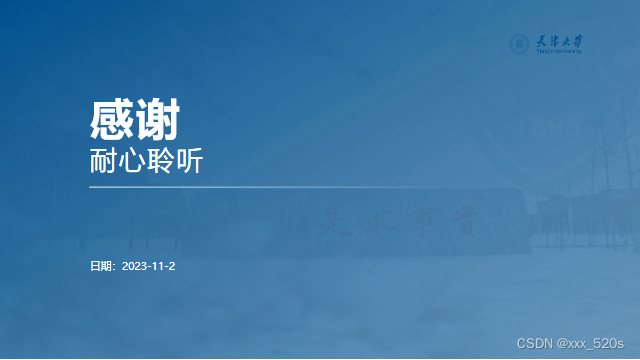1.String类的常用方法(StringExample.java)
package step1;
public class StringExample {
public static void main(String args[]) {
String s1 = new String("you are a student");
String s2 = new String("how are you");
// 使用equals方法判断s1与s2是否相同
if ( (s1.equals(s2)==true )) {
System.out.println("s1与s2相同");
} else {
System.out.println("s1与s2不相同");
}
String s3 = new String("13971918888");
// 判断手机号是否以“139”开头
if(s3.startsWith("139")==true ) {
System.out.println("手机号以139开头");
}
String s4 = new String("你"), s5 = new String("我");
// 按着字典序s4大于s5的表达式
if ( s4.compareTo(s5)>0 ) {
System.out.println("按字典序s4大于s5");
} else {
System.out.println("按字典序s4小于s5");
}
/******************************************************/
int position = 0;
String path = "d:\\java\\A.java";
// 获取path中最后出现\\的位置
position = path.lastIndexOf("\\") ;
System.out.println(path + "中最后出现\\的位置为: " + position);
// 利用字符串截取方法获取path中“A.java”子字符串
String fileName = path.substring(8, 14);
System.out.println(path + "中含有的文件名为: " + fileName);
/******************************************************/
String s6 = new String("100");
String s7 = new String("123.678");
// 将s6转化成int型数据
int n1 = Integer.parseInt(s6) ;
// 将s7转化成double型数据
double n2 = Double.parseDouble(s7) ;
double m = n1 + n2;
System.out.println(n1 + " + " + n2 + " 的和为: " + m);
// String类调用valuOf(double n)方法将m转化为字符串对象
String s8 = String.valueOf(m);
position = s8.indexOf(".");
// 利用字符串截取方法获取s8中小数点后面的小数
String temp = s8.substring((s8.indexOf("."))+1);
System.out.println("数字" + m + "有" + temp.length() + "位小数");
String s9 = new String("ABCDEF");
// 将s9存放到数组a中
char a[] = s9.toCharArray() ;
System.out.print(s9 + " 逆序字符输出为: ");
for (int i = a.length - 1; i >= 0; i--) {
System.out.print(" " + a[i]);
}
}
}
2.数组的转换
要求:定义一个二维数组,并给二维数组赋值,分别打印原二维数组和行列互调后的二维数组。  显示出的结果为
显示出的结果为 
package step2;
import java.util.Scanner;
public class SwapMatrix {
public static void main(String[] args) {
Scanner input = new Scanner(System.in);
int array[][] = new int[3][3];
for (int i = 0; i < 3; i++) {
for (int j = 0; j < 3; j++)
array[i][j] = input.nextInt();
}
System.out.println("原始数组为:");
for (int i = 0; i < 3; i++) {
for (int j = 0; j < 3; j++)
System.out.print(array[i][j]+" ");
System.out.println();
}
System.out.println("行列互调后数组为:");
for (int j = 0;j<3;j++) {
for(int i = 0;i<3;i++)
System.out.print(array[i][j]+" " );
System.out.println();
}
}
}3.统计一批学生的成绩,求平均分及各个区间段的人数(Score.java)。
要求:输入一批学生成绩,以-1作为结束标记。
统计这批学生中不及格(<60)、及格(60~69)、中(70~79)、良(80~89)、优(>90)的人数。 求这批学生的平均分。
提示:这是一个计数和累加问题。学生数量不确定,但有一个结束标记(-1),该问题的总体结构是一个循环处理问题,可用while循环,当输入数据为-1时结束循环。为了统计各种情况的人数,需要设立相应的计数变量,并给其赋初值0,另外为了求平均分,必须计算总分,也就是计算出所有学生成绩的累加和,然后除以总人数即可得到平均分。
输入数据样例:75.5 80 92.5 64.5 55 87.5 98 -1
输出结果样例:
不及格的人数为:1
及格的人数为:1
中等的人数为:1
良好的人数为:2
优秀的人数为:2
全班平均分为:79.0
package step3;
import java.util.Scanner;
public class Score {
public static void main(String[] args) {
Scanner input = new Scanner(System.in);
int failCount = 0;
int passCount = 0;
int middleCount = 0;
int goodCount = 0;
int excellentCount = 0;
double totalScore = 0;
int studentCount = 0;
while (true) {
double score = input.nextDouble();
if (score == -1) {
break;
}
if (score < 0 || score > 100) {
System.out.println("请输入0~100之间的数。");
}
totalScore += score;
studentCount++;
if (score < 60) {
failCount++;
} else if (score < 70) {
passCount++;
} else if (score < 80) {
middleCount++;
} else if (score < 90) {
goodCount++;
} else {
excellentCount++;
}
}
double averageScore = totalScore / studentCount;
System.out.println("不及格的人数为:" + failCount);
System.out.println("及格的人数为:" + passCount);
System.out.println("中等的人数为:" + middleCount);
System.out.println("良好的人数为:" + goodCount);
System.out.println("优秀的人数为:" + excellentCount);
System.out.printf("全班平均分为:%.1f",averageScore );
}
}